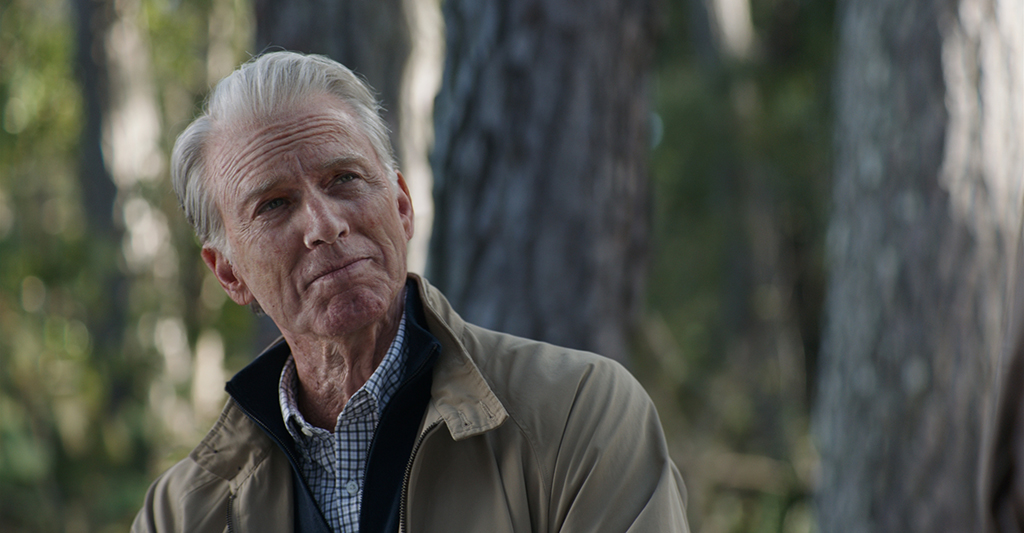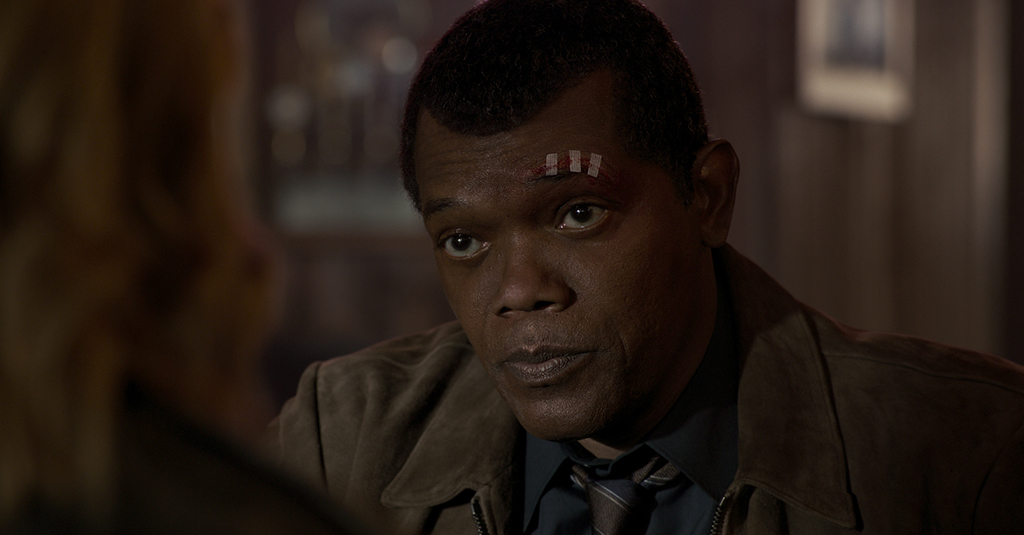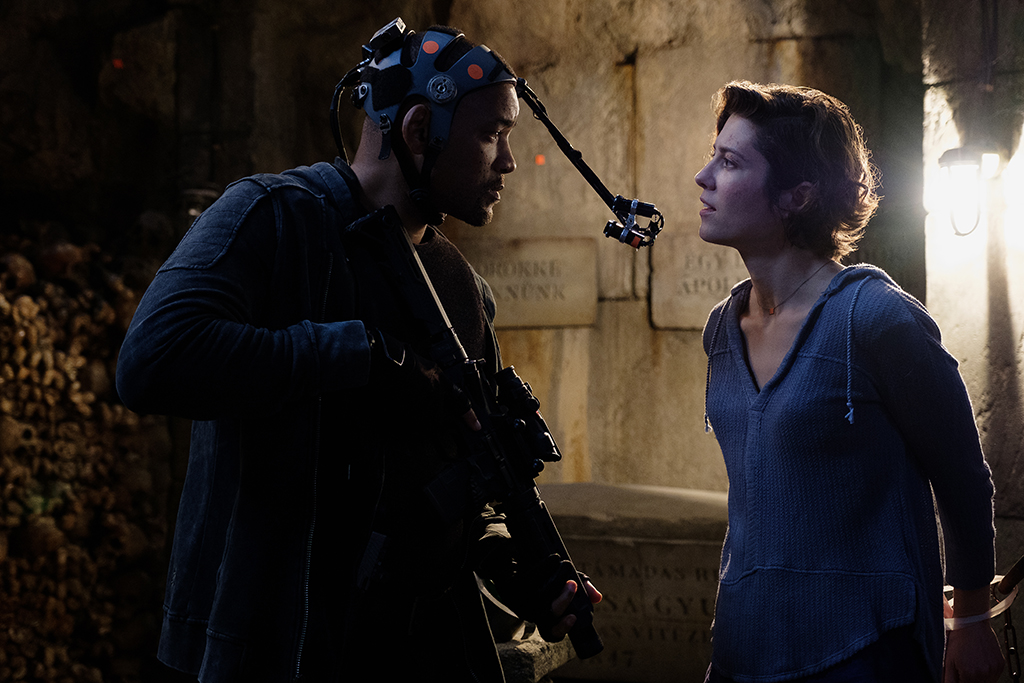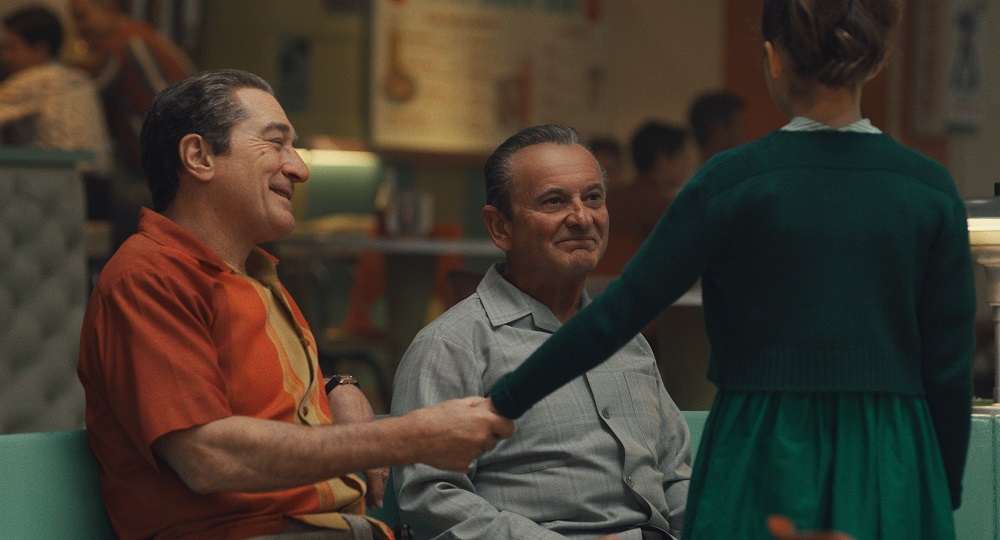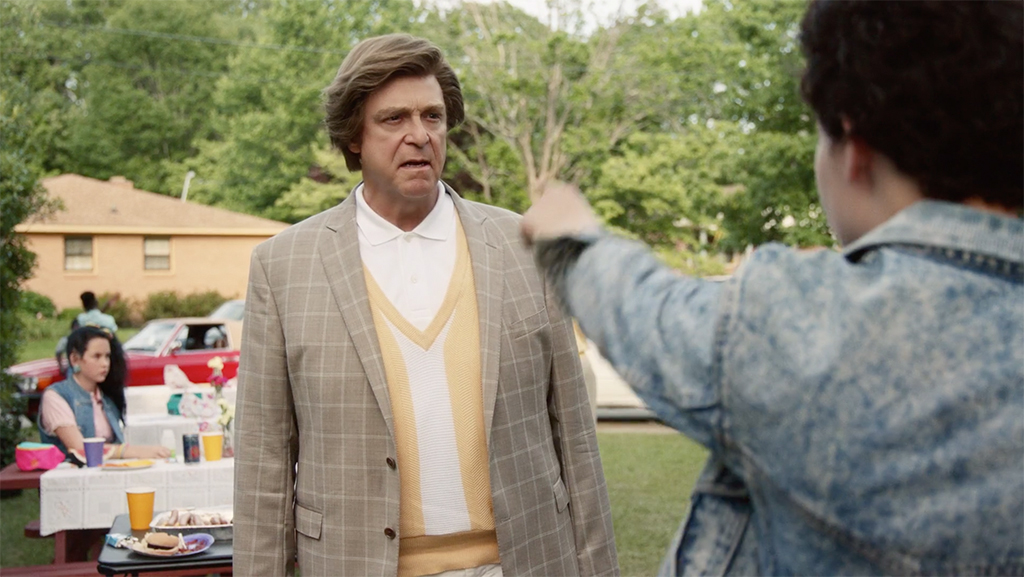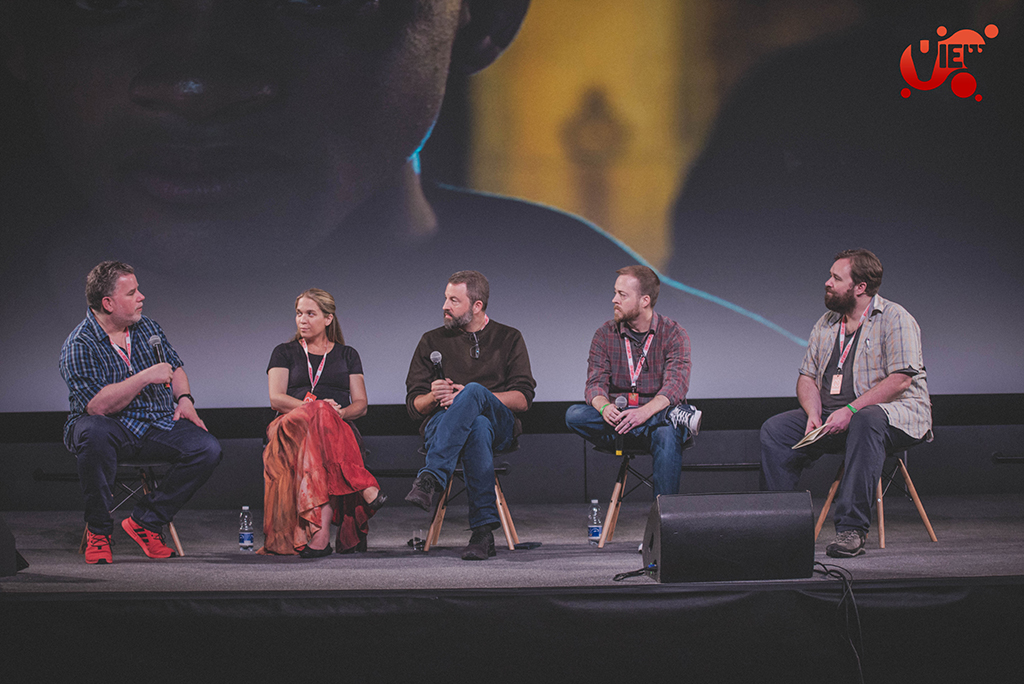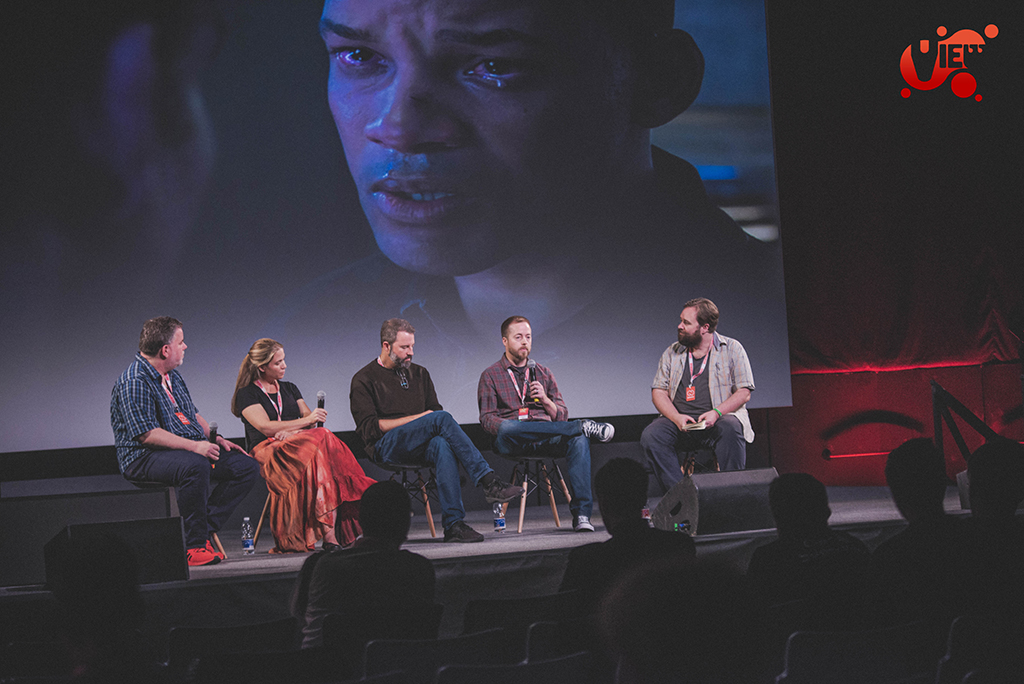THE AGING AND DE-AGING PHENOMENON
The process of making actors look older or younger is certainly not new; it was traditionally done with makeup effects. But in more recent years, the practical approach has largely given way to digital techniques. On Captain Marvel, for instance, Lola VFX de-aged Samuel L. Jackson, while on Avengers: Endgame the studio aged Captain America, while also ‘youthening’ several other actors.
“We hit three big milestones for ourselves this year on aging and de-aging,” noted Lola Visual Effects Supervisor Trent Claus on a special panel on the subject at this year’s VIEW Conference in Turin. “We did our first feature length character, which was Samuel L. Jackson playing Nick Fury in Captain Marvel. And then for Endgame we did our greatest distance of de-aging, which was Hank Pym played by Michael Douglas, and our greatest distance aging, which was Chris Evans as old Captain America.”
On that panel, Claus was joined by Janelle Croshaw-Ralla, who as a Captain Marvel Visual Effects Supervisor oversaw Lola’s and other studios’ de-aging work, including Guy Williams from Weta Digital who served as that studio’s Visual Effects Supervisor on Gemini Man, and Paul Debevec, VES, now Sr. Staff Engineer at Google and the designer of the Light Stage, through which he has had significant experience with digital humans.
Lola’s process involves tackling the aging or de-aging mostly via 2D compositing in Flame. Weta Digital, meanwhile, handled its younger Will Smiths for Gemini Man as completely CG builds based on performance capture from the actor. A CG approach for the film was chosen for a number of reasons, said Williams.
“We didn’t go into the show saying, ‘It’s got to be 3D.’ We went into the show trying to figure out what the best way to go was. There were a variety of factors specifically for Gemini Man; it was scale, the fact that we had so many shots, and the fact that we thought 3D would suffer the 120 frames a second 4K stereo better, because that would drive the 2D cost up. And the last factor for us was just the fact that we have Will in the frame twice, which would have involved a significant cost to shoot motion control.”
Croshaw-Ralla noted that the two different approaches – 3D and 2D – both yield amazing results, and involved contemplating different workflows. “With Sam Jackson, there was really hardly any work on set. We were barely capturing data, to be honest. All the work is in post. And while the 3D approach involves so much prep and the facial capture, it opens up so many avenues to do whatever you want.”


